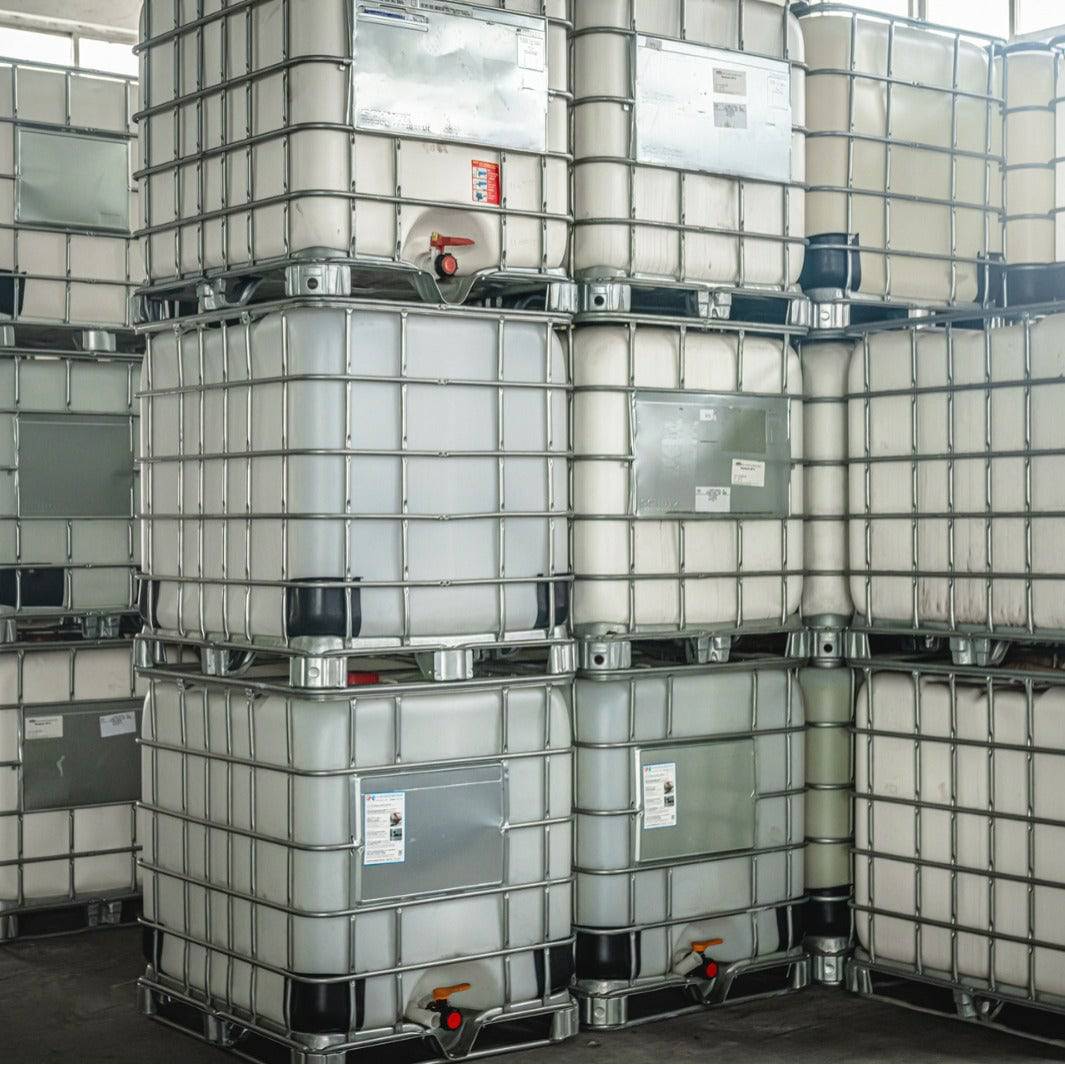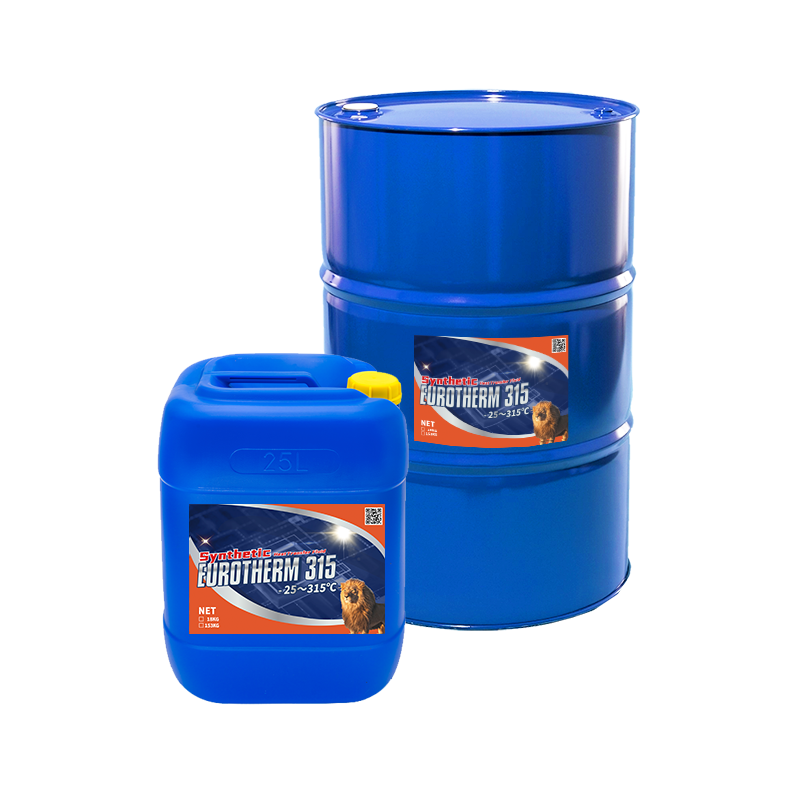The Facts About Chemie Uncovered
Table of ContentsThe Ultimate Guide To ChemieChemie - QuestionsThe 8-Minute Rule for ChemieNot known Incorrect Statements About Chemie See This Report about ChemieThe Buzz on Chemie
By Bojanna Shantheyanda, Sreya Dutta, Kevin Coscia and David SchiemerDynalene, Inc. Fluid air conditioning, which can be attained using indirect or direct ways, is used in electronics applications having thermal power thickness that may surpass safe dissipation through air cooling. Indirect fluid cooling is where warmth dissipating digital parts are physically divided from the liquid coolant, whereas in case of straight cooling, the elements are in straight call with the coolant.In indirect cooling applications the electrical conductivity can be vital if there are leakages and/or spillage of the fluids onto the electronics. In the indirect air conditioning applications where water based liquids with rust inhibitors are usually utilized, the electric conductivity of the liquid coolant mostly depends upon the ion focus in the liquid stream.
The increase in the ion focus in a shut loop fluid stream may happen as a result of ion seeping from steels and nonmetal components that the coolant fluid touches with. Throughout operation, the electric conductivity of the liquid might increase to a degree which could be hazardous for the cooling system.
The smart Trick of Chemie That Nobody is Discussing
(https://www.edocr.com/v/e1zmgylv/betteanderson/chemie)They are grain like polymers that are capable of trading ions with ions in a remedy that it touches with. In the existing job, ion leaching tests were done with various metals and polymers in both ultrapure deionized (DI) water, i.e. water which is dealt with to the highest degree of pureness, and reduced electric conductive ethylene glycol/water blend, with the measured modification in conductivity reported over time.
The examples were allowed to equilibrate at area temperature for two days before taping the first electric conductivity. In all tests reported in this study liquid electrical conductivity was gauged to a precision of 1% utilizing an Oakton disadvantage 510/CON 6 series meter which was calibrated prior to each dimension.
Indicators on Chemie You Should Know
from the wall surface heating coils to the center of the heater. The PTFE sample containers were positioned in the furnace when stable state temperature levels were gotten to. The test arrangement was gotten rid of from the heater every 168 hours (seven days), cooled to space temperature with the electrical conductivity of the fluid gauged.
The electric conductivity of the liquid sample was kept an eye on for a total amount of 5000 hours (208 days). Figure 2. Schematic of the indirect closed loophole cooling down experiment set up - fluorinert. Table 1. Elements utilized in the indirect shut loop cooling down experiment that touch with the fluid navigate here coolant. A schematic of the speculative setup is received Figure 2.

8 Easy Facts About Chemie Described
The adjustment in liquid electric conductivity was checked for 136 hours. The fluid from the system was accumulated and kept.

0.1 g of Dowex resin was added to 100g of liquid samples that was taken in a separate container. The mixture was mixed and alter in the electrical conductivity at space temperature was measured every hour. The gauged change in the electrical conductivity of the UP-H2O and EG-LC test liquids having polymer or steel when involved for 5,000 hours at 80C is revealed Number 3.
Facts About Chemie Uncovered
Number 3. Ion leaching experiment: Measured change in electric conductivity of water and EG-LC coolants including either polymer or metal examples when immersed for 5,000 hours at 80C. The results show that steels added fewer ions into the fluids than plastics in both UP-H2O and EG-LC based coolants. This can be as a result of a thin steel oxide layer which may serve as a barrier to ion leaching and cationic diffusion.
Liquids having polypropylene and HDPE exhibited the most affordable electric conductivity adjustments. This could be due to the short, inflexible, direct chains which are much less most likely to contribute ions than longer branched chains with weak intermolecular forces. Silicone also executed well in both examination liquids, as polysiloxanes are normally chemically inert as a result of the high bond energy of the silicon-oxygen bond which would stop deterioration of the product into the liquid.
The Single Strategy To Use For Chemie
It would certainly be anticipated that PVC would certainly generate similar outcomes to those of PTFE and HDPE based upon the comparable chemical structures of the products, however there might be various other pollutants existing in the PVC, such as plasticizers, that may affect the electric conductivity of the liquid - silicone fluid. Additionally, chloride groups in PVC can also seep right into the examination fluid and can trigger an increase in electrical conductivity
Polyurethane entirely disintegrated into the test liquid by the end of 5000 hour test. Prior to and after photos of steel and polymer examples submersed for 5,000 hours at 80C in the ion seeping experiment.
Calculated adjustment in the electric conductivity of UP-H2O coolant as a function of time with and without material cartridge in the shut indirect air conditioning loophole experiment. The determined adjustment in electric conductivity of the UP-H2O for 136 hours with and without ion exchange material in the loop is displayed in Figure 5.